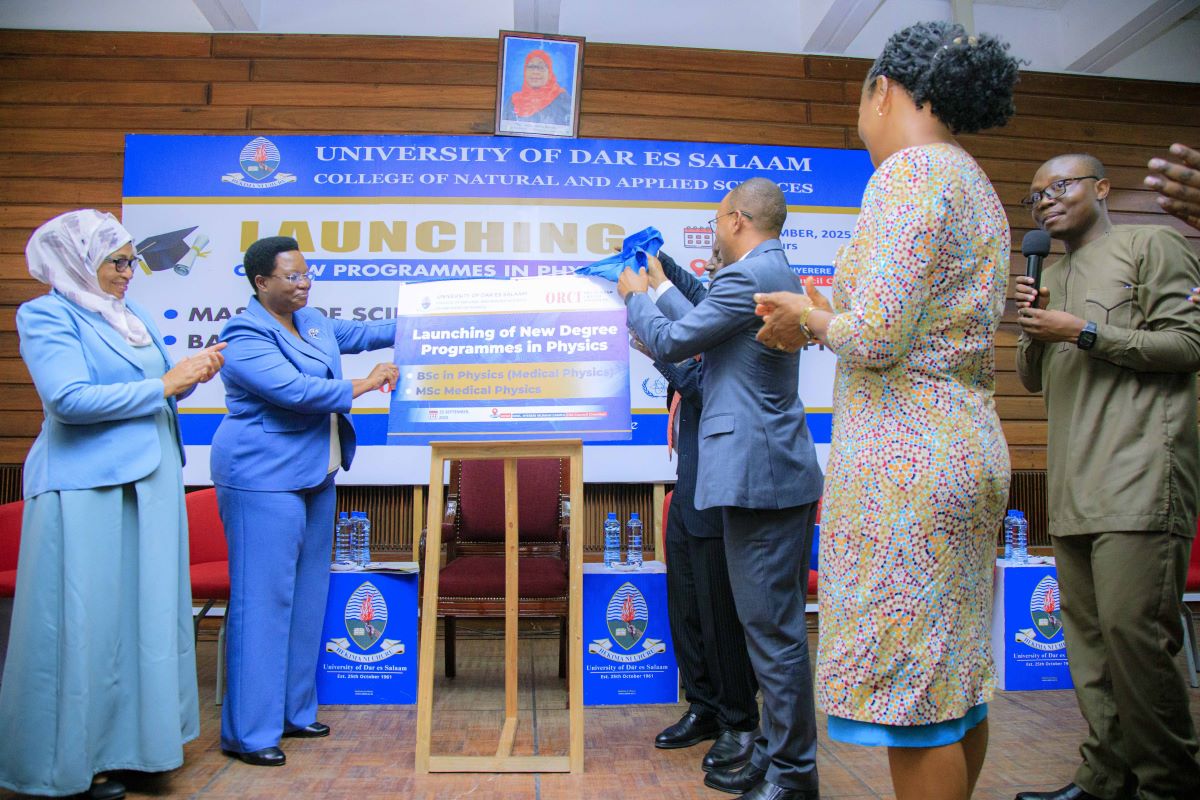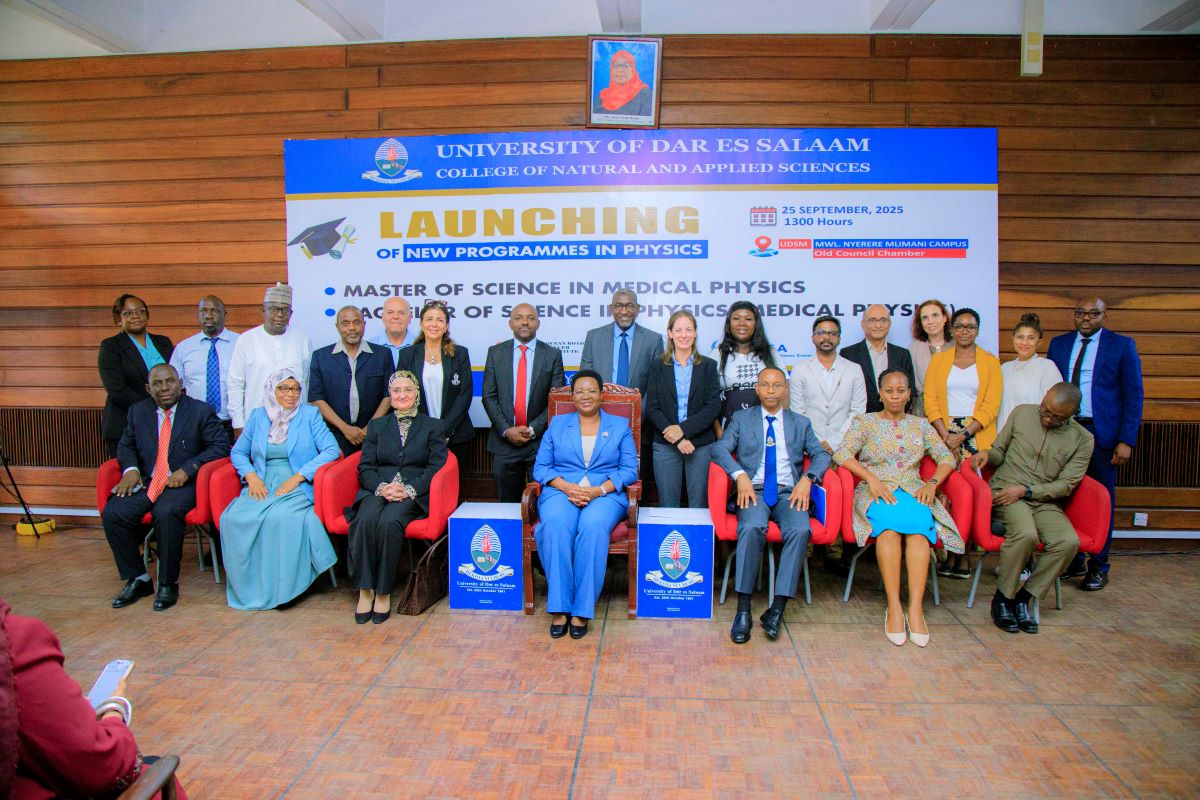Tanzania has launched its first undergraduate and postgraduate programmes in medical physics, with support from the IAEA, to strengthen the country’s capacity in cancer care through high-quality education and training.
Starting this academic year, the University of Dar es Salaam is offering two new programmes — a Bachelor of Science in Physics with Medical Physics and a Master of Science in Medical Physics — to train students in this specialized field.
These programmes will strengthen Tanzania’s oncology workforce and enhance the country’s ability to deliver cancer care services. The Government recently inaugurated a new radiotherapy centre in Kilimanjaro, with plans underway to establish additional centres in Dodoma, Mbeya and Zanzibar.
“Radiotherapy, diagnostic radiology and nuclear medicine services in Tanzania are grossly expanding but the number of personnel, especially medical physicists, has for a long time remained static,” said Carolyne Nombo, Permanent Secretary of the Ministry of Education, Science and Technology, during an event to launch the programmes last month. “I am very happy to see a well-structured national programme to create competent professionals in this field.”

